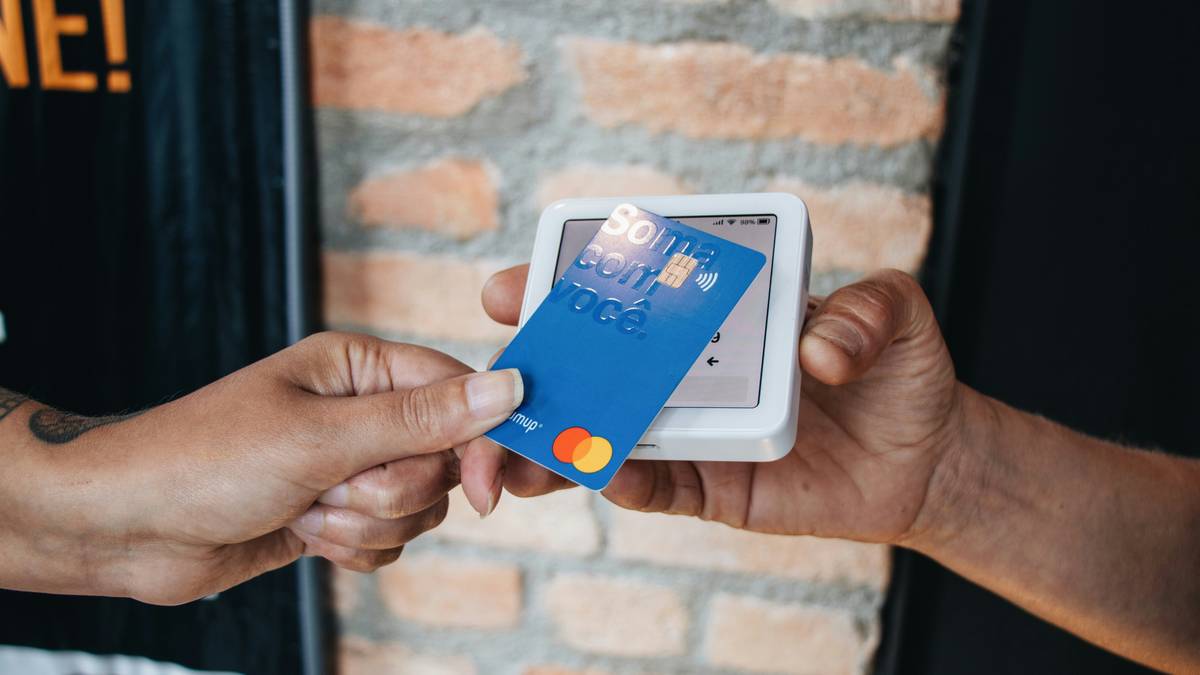“Ever tried to split dinner with your partner only to realize you forgot your wallet? Now imagine that happening when you’re trying to build financial trust together. Yeah, joint credit cards can solve that—but how do you apply without any hiccups?”
If you’re ready to dive into the world of shared finances, this ultimate guide on joint credit card application steps will help you and your partner navigate the process seamlessly. We’ll break down everything from picking the right card to understanding the fine print.
Table of Contents
- Why Should You Consider a Joint Credit Card?
- Step-by-Step Guide to Applying for a Joint Credit Card
- Best Practices for Managing Your New Shared Plastic
- Real-Life Success Stories (Yes, They Exist)
- Got Questions? We’ve Got Answers About Joint Credit Cards
Key Takeaways
- A joint credit card allows two people to share responsibility over one account.
- The application requires both parties to meet eligibility criteria and sign off.
- Communication, transparency, and budgeting are key to success.
- Pick a card that suits both partners’ spending habits and credit goals.
Why Should You Consider a Joint Credit Card?

Joint credit cards aren’t just about convenience—they’re about building trust. Imagine this: I once applied for a solo credit card in my name while dating someone who hated discussing money. Spoiler alert: it didn’t end well. Fast-forward years later, when I met my current partner, we decided early on to be transparent with our finances. A joint credit card became a tool—not just for paying bills but for growing together financially.
But here’s the real kicker: according to a survey by Experian, 54% of couples disagree about finances at least once a month. Ouch. By opening a joint credit card, you create an open dialogue about where money goes—and avoid those awkward “who pays” moments entirely.
Now let’s talk about why most people mess up during applications: incomplete forms, mismatched expectations, or forgetting minor details like dual income verification. Don’t worry—this guide will save you from becoming another statistic.
Step-by-Step Guide to Applying for a Joint Credit Card
Step 1: Discuss Finances Like Adults (No Seriously)
Optimist You: “Let’s get started!”
Grumpy You: “Hold up. This is the part where someone actually reads their credit score out loud.”
Before diving into joint credit card application steps, sit down with your partner and discuss your credit scores, monthly budgets, and spending habits. If either of you has poor credit, this might affect approval odds or interest rates.
Step 2: Research Available Options
Not all credit cards allow joint applications. Most banks offer authorized user options instead, which means only one person owns the account. For true joint ownership, look for issuers like Chase or Bank of America, which may offer co-applicant programs depending on bank policies.
Step 3: Gather Necessary Documents
Prepare the following:
- ID proofs (driver’s license, passports)
- Proof of income (pay stubs, tax returns)
- Social Security numbers for identity verification
Step 4: Fill Out the Application Form Together

Both applicants must provide accurate information. Pro-tip: Double-check the spelling of names and addresses. One small typo could delay processing times!
Step 5: Submit Supporting Documents
This step varies by issuer. Some require scanned copies of documents sent via email; others use secure portals through apps. Be prepared to upload these within 7–10 days after submission.
Step 6: Wait for Approval (and Cross Your Fingers)
The bank reviews both applicants’ credit histories and combined income. Once approved, expect physical delivery of the card within 7–14 business days.
Note:
Rant Alert: Ugh, don’t make the rookie mistake of skipping the terms and conditions because they’re boring. There’s nothing worse than realizing late fees hit twice as hard because neither of you read the fine print. Trust me—I learned the hard way.
Best Practices for Managing Your New Shared Plastic
Tips Every Couple Needs to Know
- Set Spending Limits: Agree beforehand how much each person should charge monthly.
- Create Alerts: Enable text/email notifications for every transaction beyond $50.
- Automate Payments: Link the card to a joint checking account to prevent missed payments.
- Maintain Individual Credit Lines: Keep separate credit cards for emergencies or personal purchases.
Terrible Tip Disclaimer:
One “advice” floating around online says, “Ignore credit reports since they won’t affect joint accounts.” Please don’t listen. Individual credit health DOES impact joint applications. Always monitor changes regularly using services like Credit Karma.
Real-Life Success Stories (Yes, They Exist)
Meet Sarah and Mark, a couple who used a joint credit card to consolidate household expenses. Over two years, they paid off $10,000 in debt simply by tracking shared expenditures closely and splitting costs fairly. Their secret? Weekly finance check-ins over coffee every Sunday morning.

Got Questions? We’ve Got Answers About Joint Credit Cards
1. What happens if one partner defaults?
Both parties are equally liable. Late payments hurt both credit scores, so communicate openly.
2. Can we remove someone from a joint account later?
Unfortunately, no. You’d need to close the account and reopen individually. Plan carefully!
3. Is there an age limit for joint credit cards?
Both applicants must be at least 18 years old and have verifiable income.
Conclusion
Navigating joint credit card application steps doesn’t have to feel overwhelming. With communication, research, and mutual agreement, you can set yourself up for success. Whether it’s covering groceries or planning vacations, teamwork makes the dream work.
And remember, managing money with someone else isn’t easy—but it’s worth it. Like binge-watching Friends reruns, teamwork feels better than doing anything alone.
Haiku moment: Two hearts, one card glow / Bills vanish like summer mist / Love grows stronger still 💳✨


